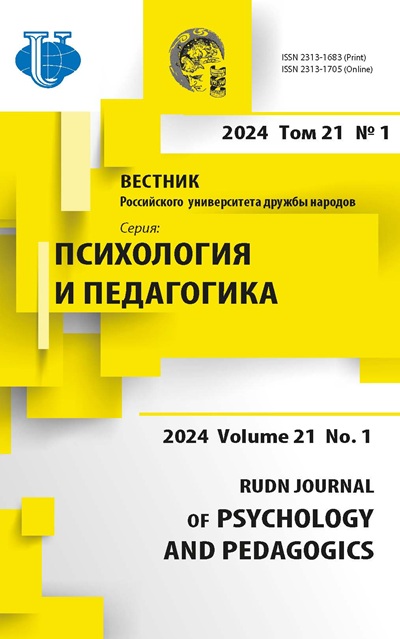Tatiana G. Stefanenko’s Impact to the Development of Ethnopsychological Research in Azerbaijan
- Authors: Shirkov Y.E.1, Azimzade A.A.2, Hasanova U.U.3, Novruzova L.Z.4
-
Affiliations:
- Lomonosov Moscow State University
- İnstitute of Education of the Republic of Azerbaijan
- Baku State University
- Baku International Education Complex
- Issue: Vol 17, No 1 (2020): PERSONALIТY IN ТНE CONТEХТ OF DIALOGUE OF CULТURES. FOR TAТIANA G. SТEFANENKO’S ANNIVERSARY
- Pages: 196-208
- Section: SCIENCE CHRONICLE
- URL: https://journals.rudn.ru/psychology-pedagogics/article/view/23306
- DOI: https://doi.org/10.22363/2313-1683-2020-17-1-196-208
Cite item















